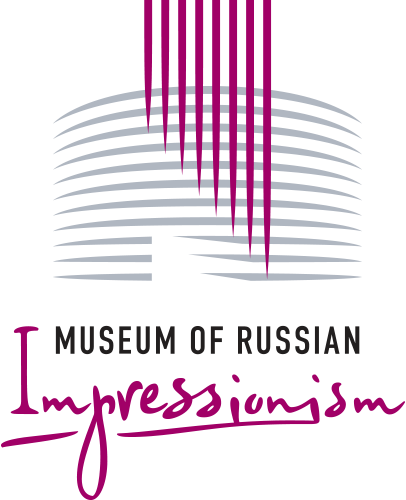EXHIBITION ‘ALEXANDER SAVINOV. MIRAGES’
21 October - 22 January
Alexander Savinov is one of those numerous artists of the early 20th century loved by contemporaries but forgotten by their successors. He was called ‘the pacified Vrubel’ and recognized as a brilliant virtuoso and academician of a new formation who never yielded to the temptation of the stencil: ‘as if from another school, even from another country’.
The painter’s developing talent reached its height in the 1900s to 1910s — an epoch of refinement, elegance, grace and Symbolist decadence. Savinov grew up in Saratov and was a close associate of artists in the circle of Victor Borisov-Musatov. During his travels across Europe he was influenced by Italian Renaissance painting and admired the ancient Pompeian frescoes, but he was also familiar with current modernist trends. Following the example of the old masters, Savinov mixed his own paints and carefully studied each image or mise en scène in a variety of sketches and studies. His monumental panel paintings are extremely decorative and marked by a love of exquisite detail, whether this is ornamental backgrounds, whimsical foliage tracery, or smooth, viscous lines in the style of Art Nouveau.
Alexander Savinov’s personal exhibition at the Museum of Russian Impressionism presents the master’s works in chronological order, from early works completed in pre-revolutionary Saratov to canvases painted during the Soviet era. The Italian Section of the exhibition is dedicated to Savinov’s travels on a graduate pension from the Imperial Academy of Arts, and it is here in Italy that his favoured style of painting reaches perfection. The heyday of his recognizable artistic manner falls in the late 1900s to early 1910s and can be clearly seen in the works ‘Woman with Eagle Owl’, ‘Bathers in an Olive and Orange Grove’ and ‘Portrait of Lia Tsitovskaya’.
Another part of the exhibition is devoted to the artist’s work on a cycle of monumental murals for the Church of the Most Merciful Saviour on the Natalievka estate, Kharkov region, from 1913 to 1916. Alexander Savinov worked alone for four years on this church-museum built by Alexey Schusev and commissioned by the sugar manufacturer, philanthropist and collector Pavel Kharitonenko. The graphic drawing ‘Panachranta’ is representative of Savinov’s style of monumental murals as a fusion of Renaissance traditions, Old Russian art and Art Nouveau. This is the first public exhibition of the portrait of Kharitonenko by Savinov, and of a specially restored plan of the estate where the artist lived and worked for several years.
After 1917 Alexander Savinov, unlike his fellow artist at the Academy Isaak Brodsky, who painted portraits of Soviet leaders using the ‘brigade method’ in many copies, failed to adapt his art to the state-sponsored commission and the new social needs. His panel paintings and his subjects themselves, delicate bathers in an orange grove or wide-eyed beauties in velvet and silks, no longer corresponded to the reality surrounding the artist. Effectively abandoning his creative pursuits, he devoted himself to teaching.
A special project about the Saratov school of painting on the third floor of the Museum is timed to accompany the exhibition of Alexander Savinov’s works. Victor Borisov-Musatov, Pavel Kuznetsov, Kuzma Petrov-Vodkin, Alexei Karyov, Pyotr Utkin and Alexander Matveev formed the environment in which Savinov evolved as an artist.
Curator of the exhibition and special project — Anastasia Vinokurova, Leading Specialist in the Exhibition Department of the Museum of Russian Impressionism.
Official exhibition partner: Foundation for Support of the National Prize Civil Initiative



